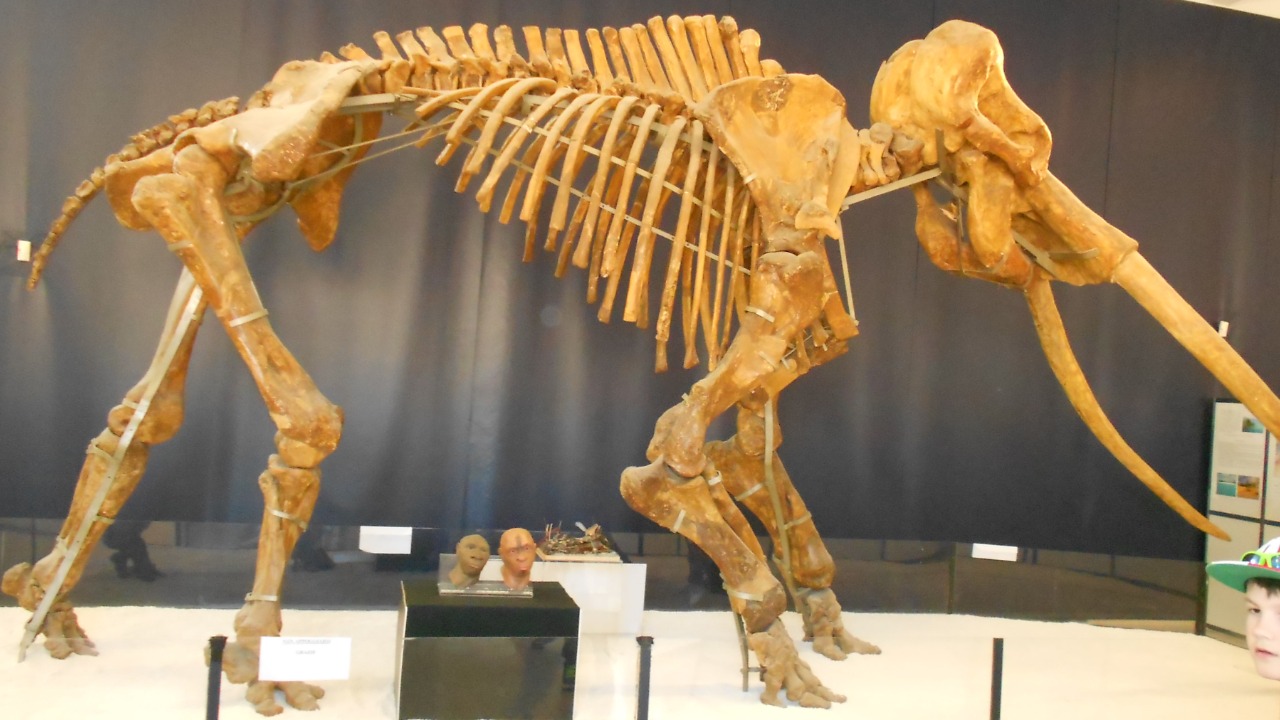
A 400,000-year-old elephant skeleton, unearthed in a significant archaeological site, has provided key evidence about early human interactions with megafauna. This discovery has resolved a long-standing puzzle regarding their scavenging and hunting behaviors during the Middle Pleistocene era. The findings challenge previous assumptions about early human capabilities in exploiting such massive resources, offering concrete insights into their tool use and survival strategies.
The Unearthing of the Ancient Remains

The elephant bones were discovered in a specific site in Eurasia, where erosion had exposed the ancient remains. A team of archaeologists led the initial excavation process, noting the skeleton’s completeness and the presence of cut marks on the bones, indicating human intervention. The preservation conditions that allowed the remains to survive for 400,000 years were remarkable, with sediment layers protecting them from environmental degradation. Source
Identifying the Species and Age
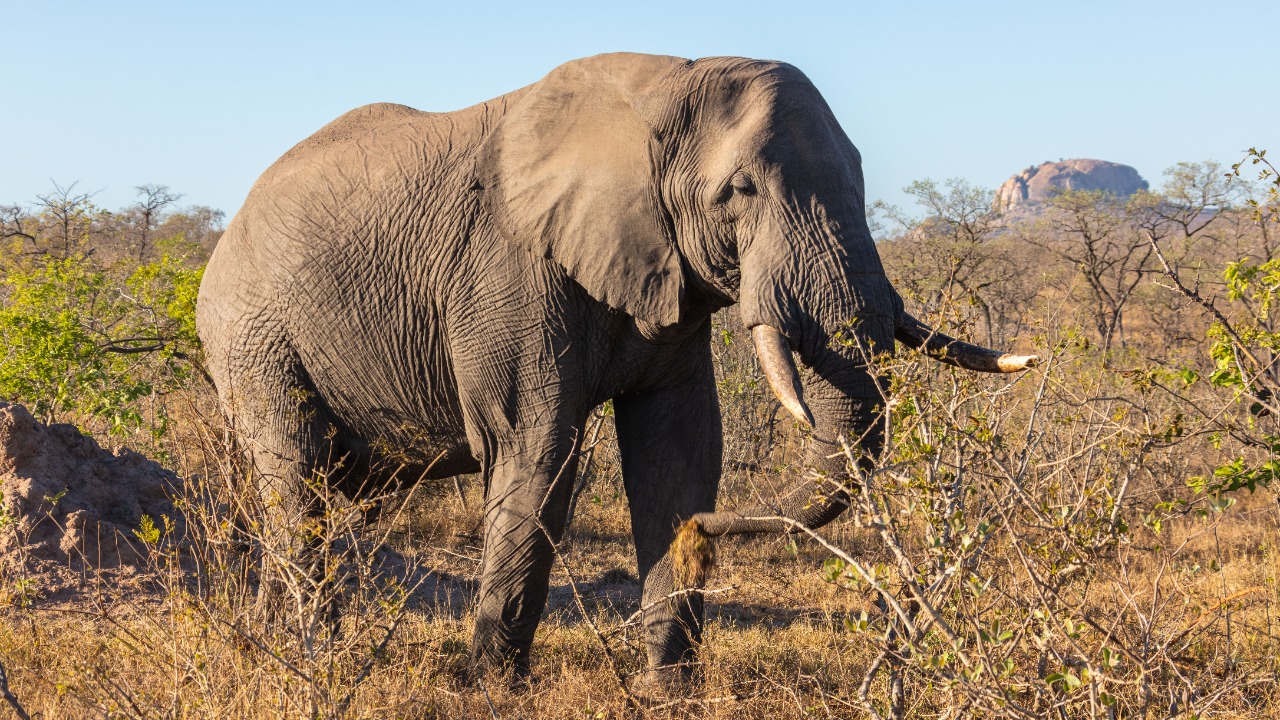
Paleontological analysis confirmed the skeleton as belonging to a straight-tusked elephant (Palaeoloxodon antiquus), a species prevalent in Europe during the Middle Pleistocene. Radiometric techniques were used to precisely establish the 400,000-year-old timeline for the remains. This elephant species, similar in size and habitat to modern African elephants, played a dominant role as megafauna in early human environments.
Evidence of Early Human Interaction
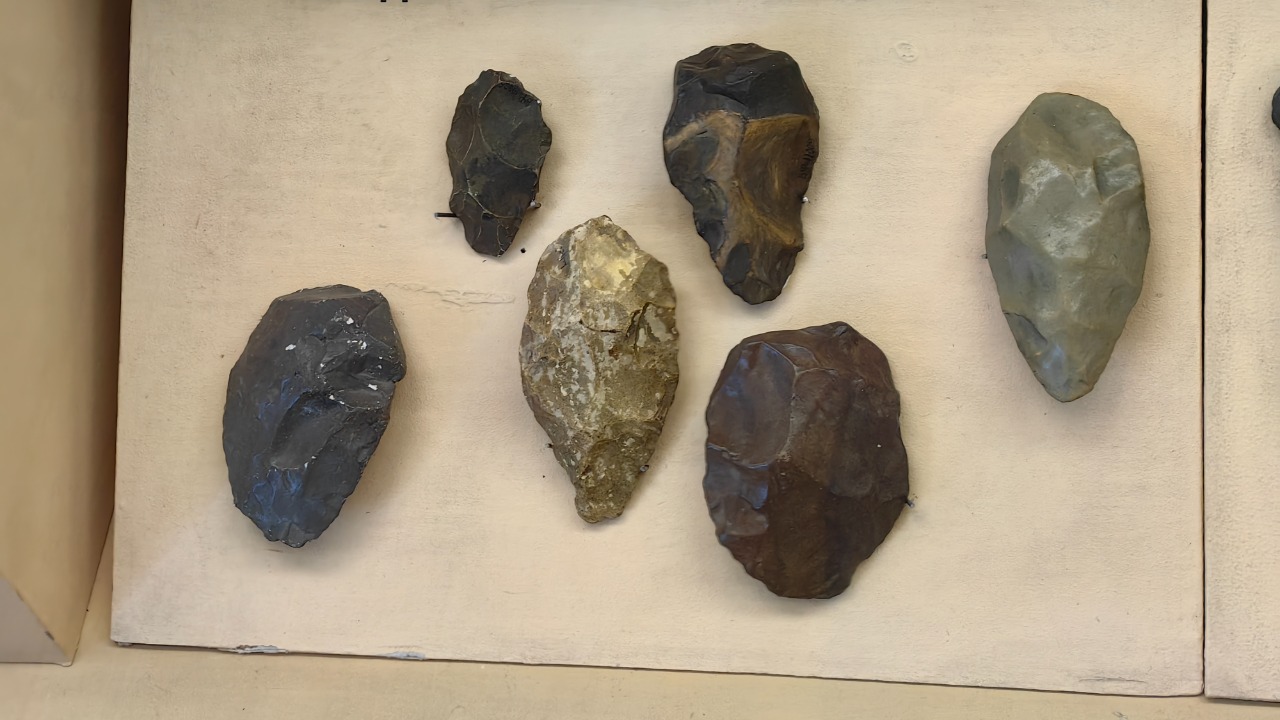
The bones bore cut marks and tool impressions, suggesting systematic butchering by hominins using stone tools around 400,000 years ago. Associated artifacts found nearby, such as Acheulean hand axes, linked the site to Homo heidelbergensis or similar early human groups. Isotopic analysis of the bones revealed that humans scavenged or hunted the elephant after its death, providing clues to their opportunistic behavior.
Solving the Puzzle of Butchering Techniques
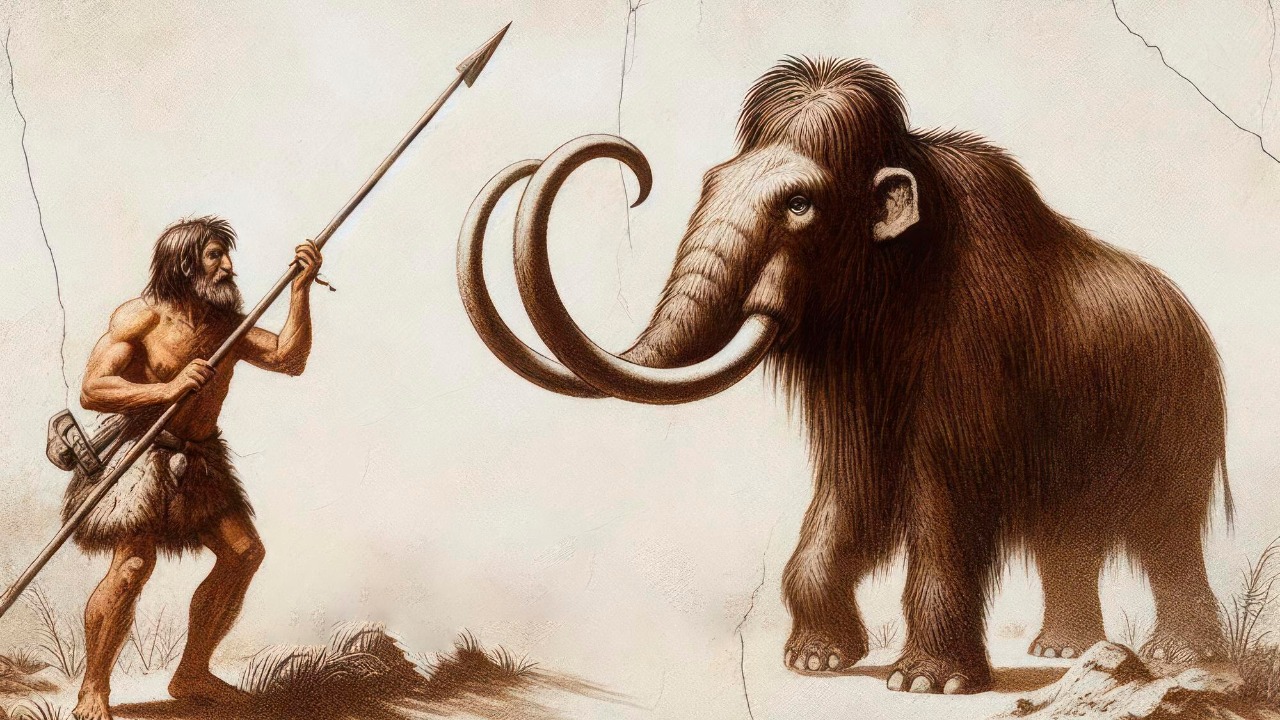
The arrangement of the skeleton’s bones indicated deliberate dismemberment, resolving debates on whether early humans could efficiently process elephant-sized carcasses. Researchers conducted experimental recreations, mimicking the ancient cuts to test tool efficacy on large bones. The findings suggested that processing a 400,000-year-old elephant would require multiple individuals working together, implying a level of group coordination previously unattributed to early humans.
Broader Implications for Human Evolution
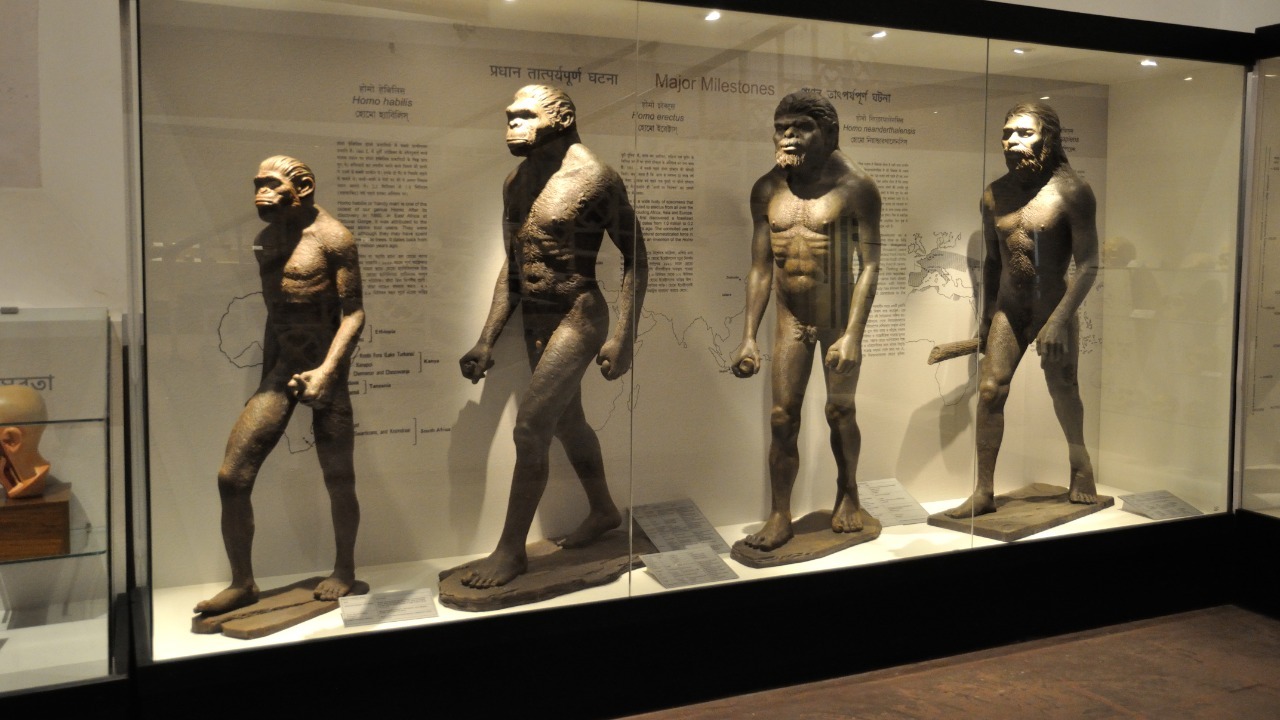
The findings connected to shifts in early human diet and energy acquisition, showing how exploiting megafauna like this 400,000-year-old elephant could have fueled brain development. This site was compared to other Middle Pleistocene locations, noting similarities in human-elephant interactions across Eurasia. The discovery reframed timelines for advanced scavenging practices among hominins, challenging previous assumptions about their capabilities.
Expert Perspectives and Ongoing Research
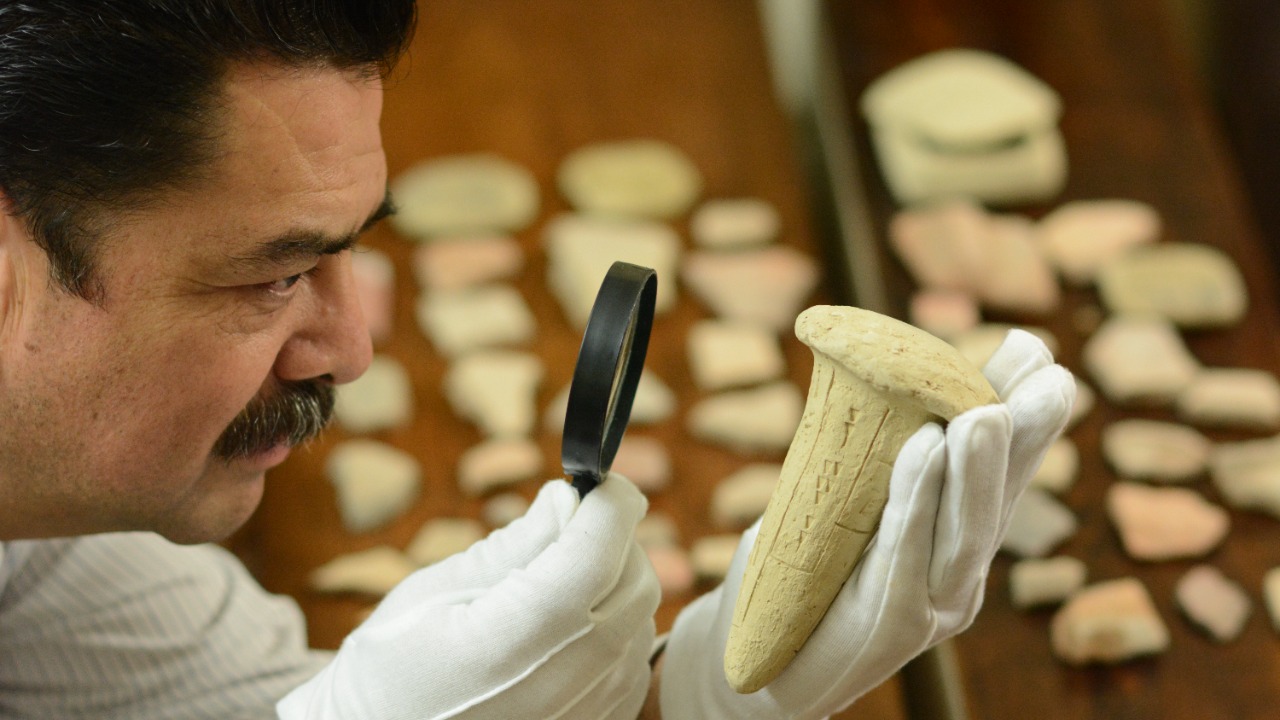
Lead archaeologist Dr. Elena Vasquez commented on the skeleton’s role in “unlocking the mysteries of early human adaptability”. Planned follow-up studies include DNA extraction from the bones to identify human genetic traces. Collaborations with international teams are also underway to contextualize the find within global patterns of Pleistocene human behavior.